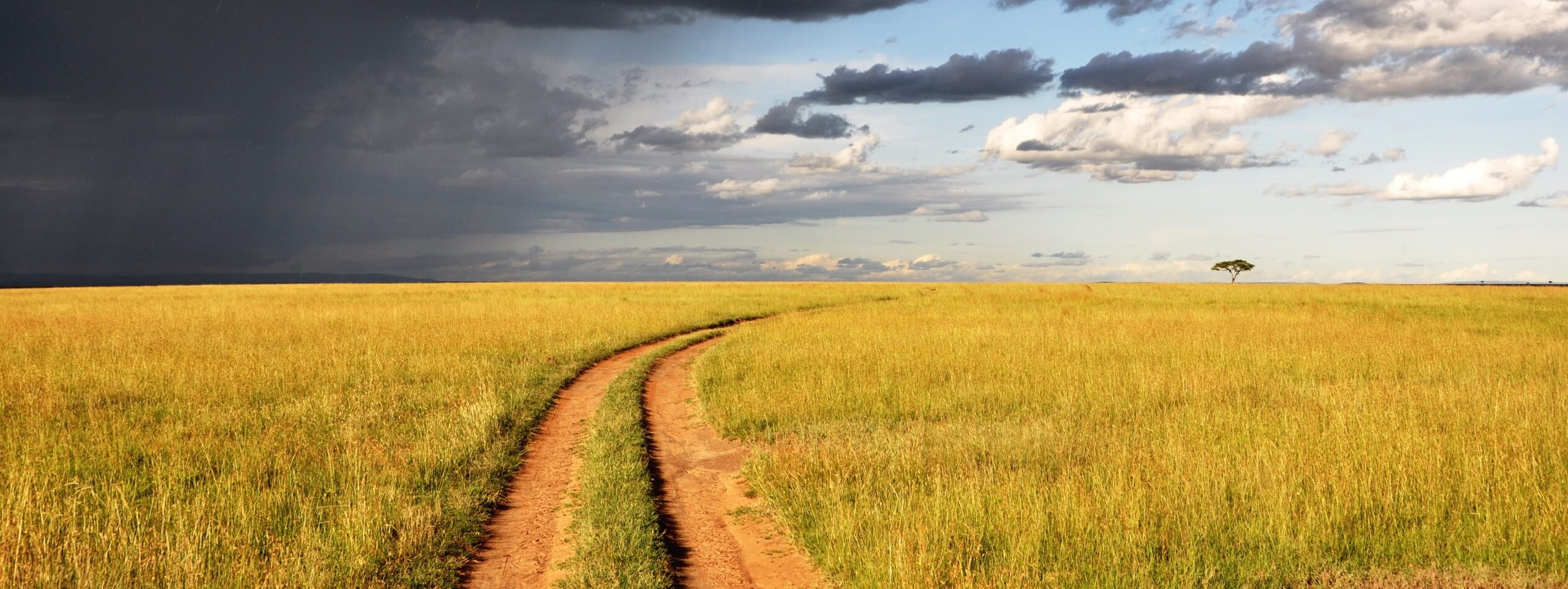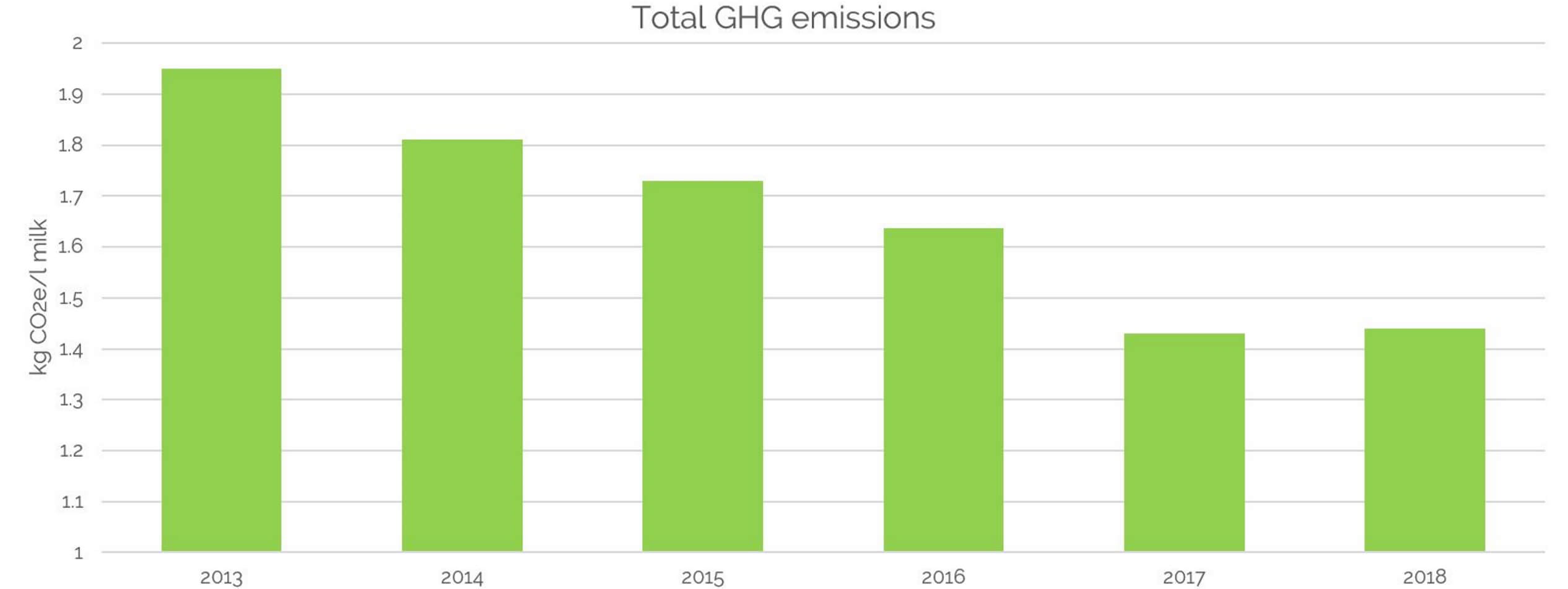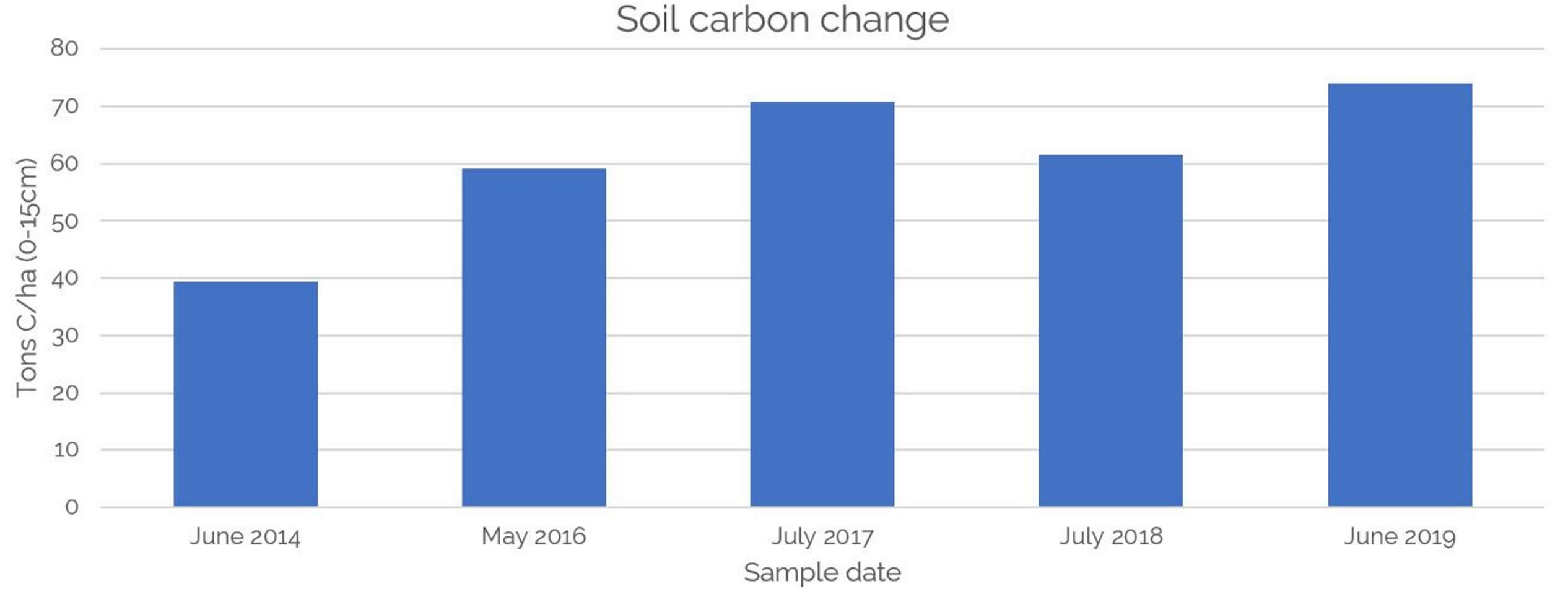I have been in numerous, wide-ranging conversations lately about sustainable agriculture. There is one consistently recurring topic. We need a major shift towards regenerative farming, and a big reduction in the environmental impact of farming. Improving efficiencies and claiming that as doing better is not good enough anymore.
We need a major shift towards regenerative farming, and a big reduction in the environmental impact of farming
The problem
The negative environmental impact of food production has been widely publicised. Whether we believe all the reports or not, we must acknowledge that there are some serious problems with the current approach to agriculture.
Some of the environmental impacts of agriculture include:
- Food production contributes to 26% of global greenhouse gas emissions1.
- Widescale soil degradation, with 33% of soils being moderately to highly degraded2.
- Global biodiversity loss3.
- Nutrient wastage – on average, only 15-20% of the nitrogen and phosphorous inputs from fertilisers reach the consumers’ plate in the form of food2, the rest results in pollution.
- Inefficient water use – agriculture accounts for 70% of freshwater withdrawals4, much of which is wasted.
The solution
The solution is simple, however very challenging to implement. True sustainable, regenerative farming will reverse the negative impact of conventional agriculture and result in sustainable food production. How to achieve this will vary from place-to-place and farm-to-farm. Until it is widely acknowledged, it cannot be addressed.
Sustainable agriculture has become mainstream in conversation. You see many products and companies branded as such. The problems discussed above are evidence that it is not actually taking effect at farm-level. Agriculture is maintaining its path of environmental destruction.
It is not only up to farmers to create this shift. Consumer demand, shopping habits, government policy and pure economics all encourage farmers to only make the slight shift to more efficient production. There does not seem to be a real demand for more environmentally responsible food production. With this in mind, are farmers really the only ones to blame?
Most of the research advocates for a shift to a more plant-based diet, but I have some thoughts on the challenges surrounding this suggestion: To eat or not to eat (animal produce), that is the question
Meat and dairy products have taken the brunt of the negativity in terms of environmental impact. As much as farmers do not like to hear it, research shows this to be true for the current practices. There is great variability in the environmental impact of any single product1. This fact is not often included in this conversation. The impact depends on numerous factors, the most significant of which is the farming practices used.
A major shift from the current, conventional practices is not only necessary for animal based produce, but for all forms of farming.
Is regenerative farming possible?
I must believe so. When I see what farmers can achieve, then I am filled with hope. The example below is from a farm Trace & Save has been working with over the past six years. It shows reduced greenhouse gas emissions, and improved soil carbon levels. Lower carbon emissions reduces the impact. Improved carbons relates to regeneration of soils. It is not a perfect farm, and there is still a way to go with regards to achieving the goal of truly sustainable, regenerative farming. What is exciting is to be able to observe the progress towards that goal.
Figure 1: Reduction of greenhouse gas emissions as measured by a carbon footprint. The farm has decreased their carbon footprint from 1.95 to 1.44 kilograms of carbon dioxide equivalents per litre of milk produced.
Figure 2: Increased in soil carbon stocks. The farm has almost doubled the amount of carbon stored in the soil by increasing their soil carbon levels from 2.2% to 4.0%.
Another farm we have also been working with has reduced their footprint from 2.13 to 1.69 kg CO2e/l milk from and increased their soil carbon levels from 2.0% to 3.0%. These farms show that change is possible. It takes time, and it is often not all-encompassing. What they show is that there is a path towards sustainable, regenerative agriculture.
People tend to think of it either being perfect or terrible, but there is a wide spectrum from destructive farming to regenerative farming. If farmers can make considerable shifts towards the regenerative side of the spectrum, I believe there is hope.
The challenge of regenerative farming
The biggest challenge with all of this is that it takes considerably more effort on the farmers part. It is not necessary to invest huge amounts of money on farming more sustainably. And any investment that is needed will have a financial return. The challenge is that managing a farm more sustainably, which can result in regeneration, takes time, energy and active management from farm owners, managers and farm workers.
If farmers are not supported in these efforts by the consuming public, by the secondary agricultural industry, by retailers, and by government, then why should they put in this effort all on their own?
Sources
- Poore J & Nemecek T. 2018. Reducing food’s environmental impacts through producers and consumers. Science 360(6392):987-992.
- 2016. Food Systems and Natural Resources. A Report of the Working Group on Food Systems of the International Resource Panel. Westhoek H, Ingram J, Van Berkum S, Özay, L & Hajer M.
- UN Report: Nature’s Dangerous Decline ‘Unprecedented’; Species Extinction Rates ‘Accelerating. https://www.un.org/sustainabledevelopment/blog/2019/05/nature-decline-unprecedented-report/
- Water for Sustainable Food and Agriculture. Food and Agriculture Organization of the United Nations. Rome, 2017.
- A carbon footprint assessment for pasture-based dairy farming systems in South Africa - 2024-02-07
- What progress have farms participating with Trace & Save made over the past 10 years? - 2023-09-06
- Carbon footprint reduction over time: Lessons from pasture-based dairy farms in South Africa - 2023-09-04



